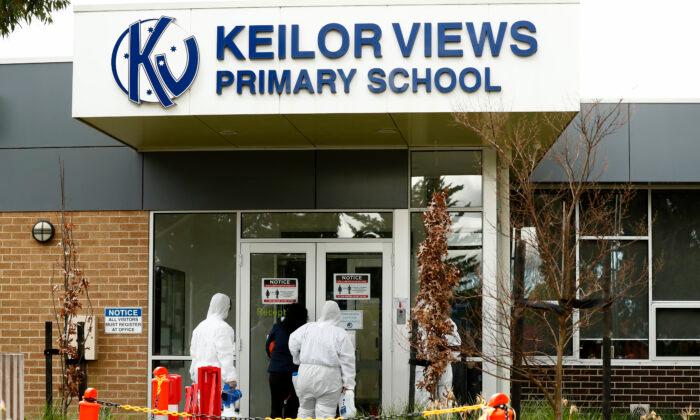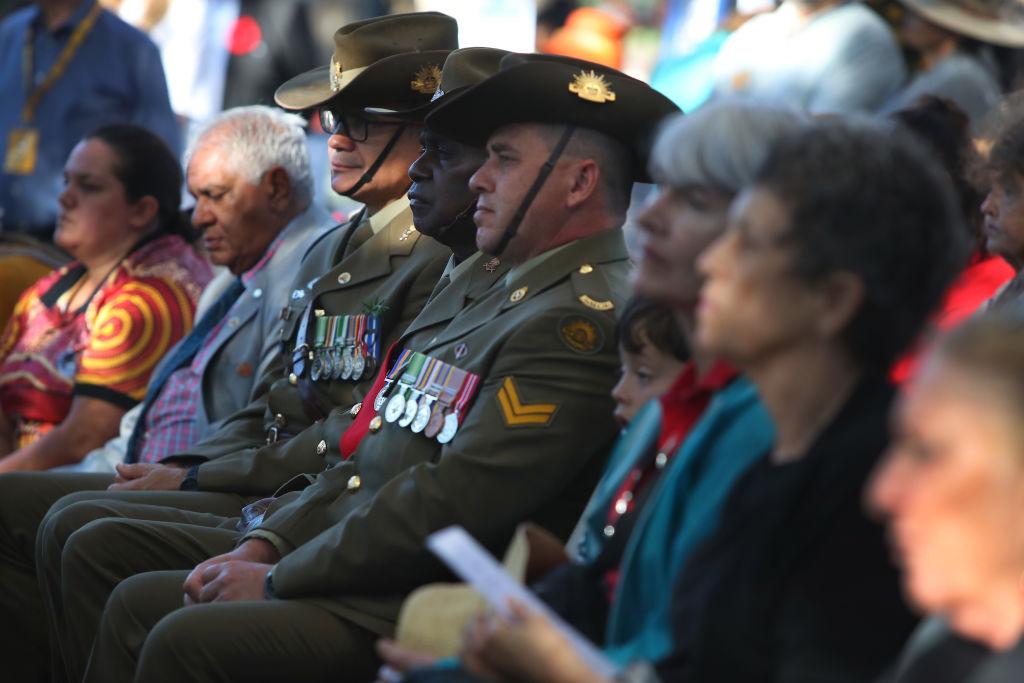Victoria’s contact tracing system was overwhelmed during its deadly second wave of coronavirus, with the state government failing to heed pre-pandemic warnings of under-resourcing among the ranks.
That’s the verdict of a 260-page inquiry report tabled in Victorian parliament on December 14, featuring 47 findings and 19 recommendations.
In it, the Legislative Council Legal and Social Issues committee agreed with Australia’s chief scientist Alan Finkel’s assessment that the regime wasn’t ready for the second wave that led to more than 18,000 infections and 800 deaths.
“The testing regime and contact tracing system adopted in Victoria in response to the pandemic was significantly overwhelmed following a large-scale outbreak in June 2020,” the report said.
The committee, chaired by Reason Party MP Fiona Patten, found there was no evidence the Victorian government acted on reports that identified the need for extra contact tracing staffing resources.
In his submission, former Department of Health and Human Services unit manager Tom Voigt said he recommended staffing for the contact tracing team be lifted from 14 to 24 public health officers six months before COVID emerged.
“Unfortunately, when this information was put before the appropriate DHHS Deputy Secretary the response was a very firm and direct ‘no’ and that no additional funding was available, nor would it be sought as the public health team was a low priority at that point in time,” Voigt said.
Stakeholders, it said, felt a “perceived reluctance” from the government to appropriately prepare for the arrival of coronavirus, with much of its responses subsequently “crisis built and reactive”.
“The committee understands that the COVID-19 pandemic was unexpected and unanticipated, however it is very troubled by the Victorian government’s inability to address these identified shortcomings,” it said.
“The committee does believe that the lack of willingness to invest in these resources indicates there may have been a complacency about public health and emerging threats.”
It also reserved sharp criticism for the state’s largely paper-based contact tracing system, which required the manual entry of information, deeming it “was not fit to deal with any escalation in cases and led to significant errors”.
In his evidence before the upper house inquiry last month, Dr Finkel said some cases were lost or duplicated as a result.
Victoria has since moved to a digitised system, created by US tech firm Salesforce, which automates the process end to end.
The committee said the system has put Victoria in an improved position to manage an influx of cases, identifying and contacting primary contacts within the recommended 48-hour window.
The software was first offered to the government on March 24, with the committee confirming it was initially declined before it was selected to build the customer relationship management on August 28.
The next day, DHHS also awarded IBM a $4.2 million tender to use its i2 analyst platform for predictive modelling of COVID-19 data to inform policy and public health decisions.
It was abandoned soon after when the IT giant wasn’t able to meet the state government’s directive to consider developing the tool for predictive analysis and automated alerts - something it wasn’t designed for.
The committee dubbed it a “misguided and costly mistake”.
Despite these shortcomings and others, Patten said she believed lessons had been learnt by the government, with the new and improved contact tracing regime now able to deal with up to 15,000 test results a day.
“We are now far better prepared should Victoria face a similar situation in the future,” the chair wrote in her foreword.






Friends Read Free